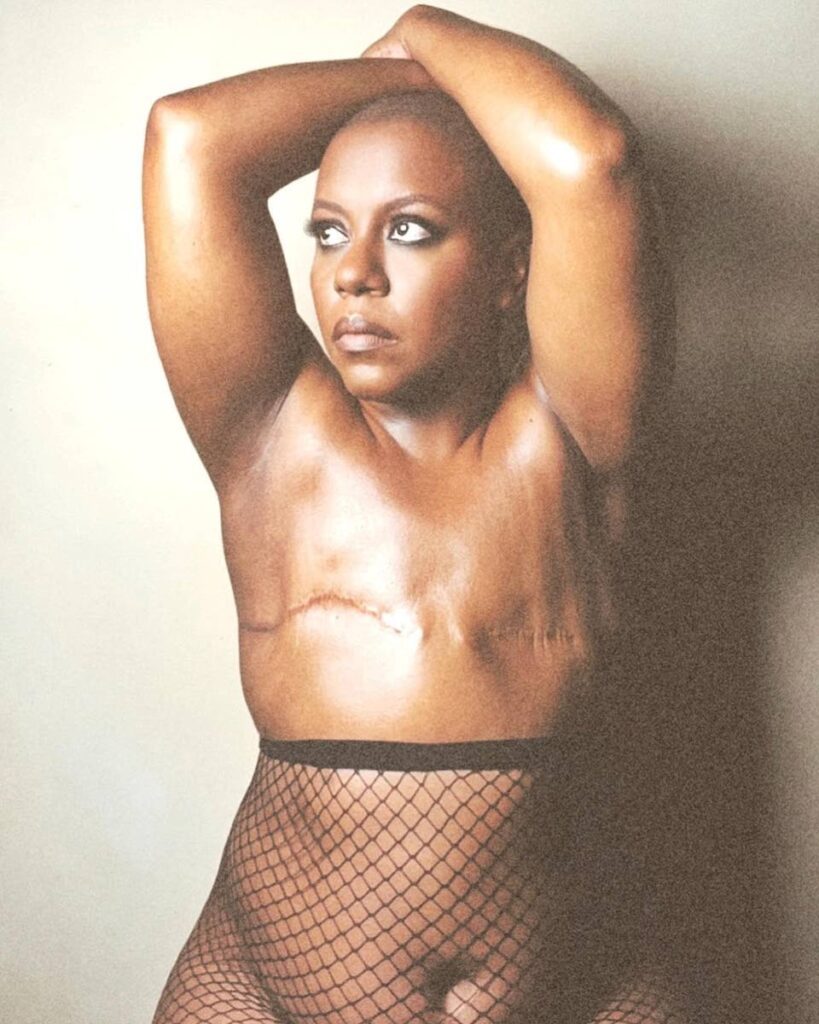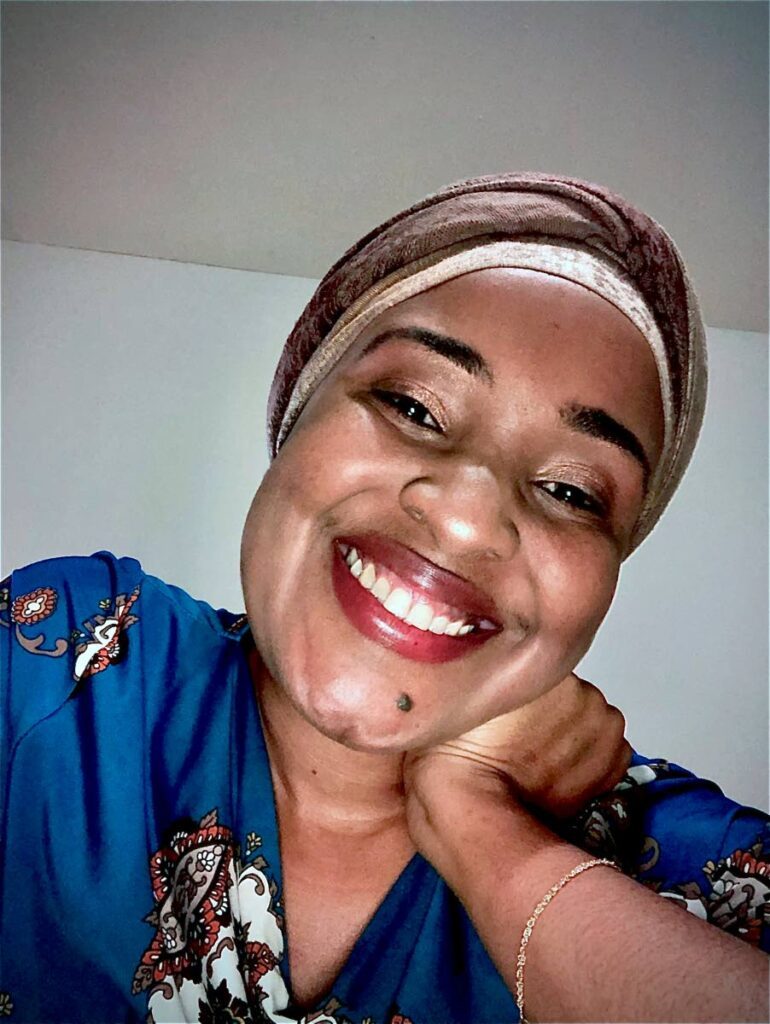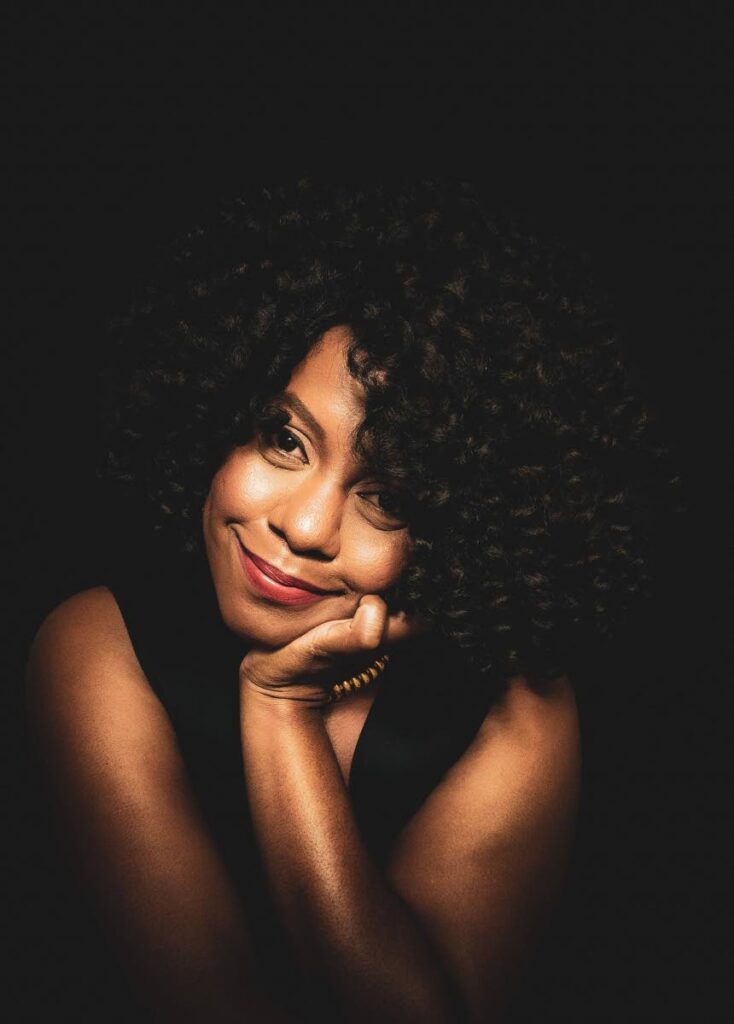How some breast cancer patients discover the hidden costs of cancer

It starts the same way for most cancer survivors: they are going about their lives and one day – sometimes at the most inconvenient moment – they realise something is wrong.
For Crista Daniel 41, that moment came on Christmas Day three years ago.
She went to a doctor on the next available working day for an ultrasound, then had a mammogram and a biopsy. She was told she had grade one carcinoma a few days later.
Mel Gabriel found hers a day before her 37th birthday, in 2020.
Discovering that irregularity – in this case, a lump or a thickening or swelling in the breast area – is the start of an arduous journey that taxes people’s minds and bodies – and can dry up every cent of their savings.
The fact is, cancer is a very expensive disease.
Minister of Health Terrence Deyalsingh said in earlier reports it costs the state $500,000 to treat one cancer patient. Breast cancer in Trinidad and Tobago, as in many other countries, is one of the leading causes of death by non-communicable diseases (NCDs).
Sources revealed figures for some procedures at private medical institutions. Surgical procedures, including preparation, reconstructions and implants, could cost up to $103,000. Radiation therapy sessions, including CT simulations, treatment plans, intensity-modulated radiation therapy (IMRT) verification and clinical management, cost around $160,000. Chemotherapy – including the facility and room; medication and medical supplies; fees, labs and drugs – went for around $180,000.
But while the State covers many expensive procedures and medications, and insurance can buffer several expenses, several other things that add to the cost of fighting cancer, from dietary changes to transport to and from chemotherapy sessions, to minute things like sweets and ice.
There may be hidden costs that fall on the patient. But Daniel and Gabriel had very different experiences.
The 'little things' add up
Daniel said her bout with cancer cost her close to $200,000.
Right after two ultrasounds and a mammogram, she was advised to have a CT scan to see if there were any other areas to which the cancer might have spread. She also took another test to see how fast it was progressing.
She was also told if she could, she should try to have the tumour removed privately.
Thankfully, her insurance company facilitated her with funds from her critical illness policy for the surgery.
But at the height of the covid19 pandemic and while she was preparing for surgery, her job contract ended and was not renewed.
For radiation treatment, chemotherapy and medication, she turned to the public sector.
She said her oncologist referred her to Sangre Grande Hospital and she was given chemotherapy there from June-November 2021.
After that she was able to get radiation therapy at the Brian Lara Cancer Centre in Port of Spain through a medical social worker.
She also underwent surgery to have the lump removed. After a couple nights at the hospital, it seemed the fight had taken a turn for the better.
She said, however, when the doctors removed the lump, they discovered it was worse than first anticipated.
“Going into surgery, I was told that I had stage two cancer,” she said. “Post-surgery, I was told it was stage three.”

It wasn’t over yet. She still had to have more tests after surgery and had to visit the hospital frequently to have her bandages changed.
There were also other procedures she had not anticipated which added to the cost of her journey with cancer.
Her oncologist advised her on a holistic approach to treatment, which included changes to her diet and procedures outside those that are regularly prescribed.
As part of her treatment her doctor suggested therapy sessions to cope with the trauma of dealing with cancer.
“While my doctor was interested in removing the cancer from my body, he was also interested in my ability to cope with what was going to happen,” she said. “Whether or not I had decided to have a mastectomy or lumpectomy, or I decided to have reconstruction right away, or if I decided to wait…he was very concerned about how the surgery would have affected my mental health.”
She also visited gynaecologists, to assess her fertility during chemotherapy.
After chemotherapy she had dental treatment and monitoring to ensure the radiation had not affected her teeth.
The adjustments to her diet also became an added cost.
She said there were even more things – "little" things – that she did not take into consideration, such as transport, cooking and general care.

Gabriel praises public health
Gabriel, who was able to have all her treatment in the public sector, said there are many programmes that are not as well known as others that would help both treatment and the coping process.
“You can access counselling services – but it's not, unfortunately, widely known. You have to kind of advocate for yourself...
“There's also a dietitian that could guide you, and I didn't know that I could just access the dietician, because nobody told me.”
She added that there are also social workers who would be able to help with several other areas, but these services too are not widely known.
“Some better advertising would help, or some form of communication, because most times you have to actively advocate for your own care."
Gabriel said there was a history of cancer in her family, so when she discovered a lump in her breast, she knew what she needed to do. She went to the Cancer Society for an ultrasound and then a biopsy, and was later diagnosed with stage one invasive ductal carcinoma.
She had a bilateral mastectomy, (double mastectomy), in which both breasts are removed. She was told it would make no sense to save her nipples, because of where the cancer was.
She also had eight cycles of chemotherapy, but met challenges with radiation. But after some delays she was finally able to have it done at Brian Lara Cancer Centre.
“One hundred per cent of the medical procedures you need to do can be supplied by the public healthcare system," she said. "Consultation is covered, surgery is covered, reconstructive surgery is covered…everything is covered. It just takes longer, because they have to facilitate the entire population.”
Daniel was thankful for the few people who supported her – her boyfriend, her brother and others who helped her get to and from chemotherapy, and cooked for her.
“Someone has to be there, whether it is their boyfriend, mother or sister,” she said. “Someone would have to be there, depending on the type of surgery the person would have done.
“When you come home from chemotherapy, sometimes you are too weak to go and cook. Most times you are likely going to buy something prepared at a store, and that may not be the healthiest choice. I had my brother, boyfriend and friends to bring food for me. I was able to afford food at the market.
"Not many people are able to do that.”


Comments
"How some breast cancer patients discover the hidden costs of cancer"